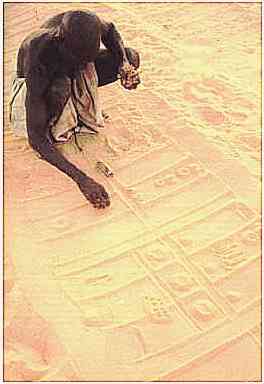
Durkheim's begrippenpaar 'sacré/profane'
Wim van Binsbergen

 |
Durkheim's begrippenpaar 'sacré/profane' Wim van Binsbergen |
 |
return to homepag African religion | return to Shikanda portal
My first religious fieldwork, in the highlands of Northwestern Tunisia, was greatly influenced by Emile Durkheim's theory on the nature and origin of religion, set out in the latter's magisterial book Les formes élémentaires de la vie religieuse (1912). At Amsterdam University at the time, the anthropology study was combined with that of sociology, in just prior to leaving for the field, I completed a minor sociology thesis on Durkheim's paired concepts 'sacré' and 'profane'; the thesis was supervised and examined by Dr Berting of the Sociological Institute, Amsterdam University. |
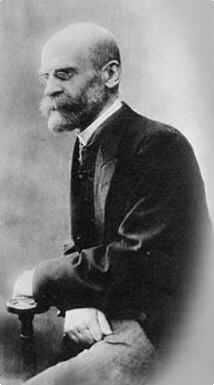 |
Emile Durkheim around the time he wrote Les formes élémentaires de la vie religieuse (1912). |
Now that the Tunisian material is finally being turned into a two-volume English-language book, it was useful to retrieve this old thesis and make it available in digital form -- parts of it will have to be translated and incorporated in the book as necessary background.
|
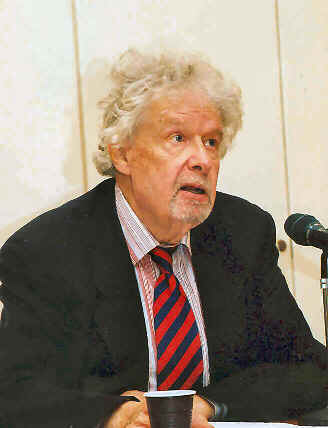 |
Jack Goody c. 2005 (courtesy http://wwwlb.aub.edu.lb/~webbultn/v6n3/15.jpg ) |
| I have taken the opportunity to very slightly (and identifiably) edit the text as officially submitted, and especially to write an extensive 'Postcript 2007', in which I seek to determine the lasting value and the manifest shortcomings of this text of forty years ago, and take the argument a few steps further -- in the light of a selection of more recent literature: | ||
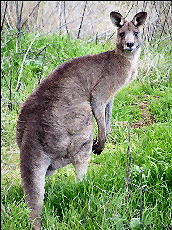 |
the kangaroo is among the animal species venerated by the Australian Aborigines; courtesy www.wpclipart.com/animals/K/kangaroo/Kangaroo.png | |
| Inevitably, the original 1967 argument is in Dutch. When writing the Postscript I started in Dutch but soon lapsed into English, and I did not have the time to make the end product more consistent. Ultimately both original text and postwscript will be made available in English here. |  |
Bullroarer, Central Desert, Australia: A small bullroarer from the Central Desert of Australia with distinctive markings. These were spun overhead to warn of the presence of spirits. 8" long, mounted on custom base. Mid-20th century, collected pre-1945; courtesy: www.zkta.com/stuff%20png/1687back.jpg |
| Although the original 1967 had an extensive ethnographic input from Australian Aboriginal cultures with which most sociologists at the time would have been far less familiar than Durkheim with (even though his information was only secondary, from published work by others), I did not provide any illustrations -- | 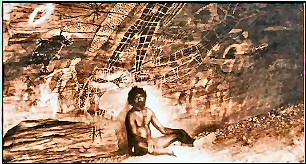 |
An Aboriginal reclines against totemic images in a rock shelter at Mary River Valley / Cooloola Coast region, extreme east of Australia, probably early 20th century (courtesy : http://www.warriors.egympie.com.au/dhamuri.html ; permission from Dhamurian Research Society requested |
| which in the absence of widespread digitalisation, almost two decades before the general spread of microcomputers, would have been difficult anyway. Below I have brought together a few images that will help illuminate the original argument. | 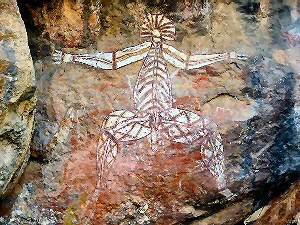 |
Nourlangie Anbangbang rock shelter "Nabulwinjbulwinj", courtesy: http://www.retas.de |
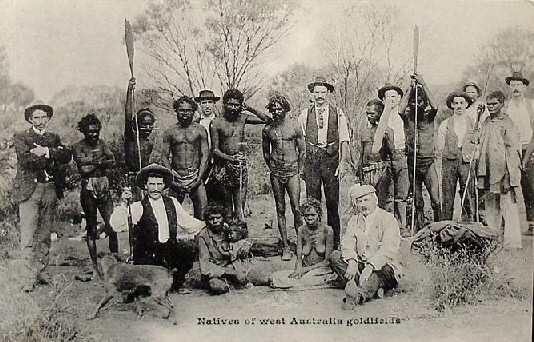 |
This 1910 picture shows what Aboriginal life had largely been reduced to by the time Durkheim published his book (1912) -- by a tacit convention that was to hold anthropology in its grips until after the middle of the 20th century, modern influences and transcontinental outsiders were omitted from Durkheim's analysis; courtesy : http://www.janesoceania.com/australia_home/main.htm | |
| click here if you must | subincision, a form of male genital mutilation common among various Australian Aboriginal groups until the early 20th century, produces images that for many men (and presumably women) from other cultures would be unpleasant to look at; click here if you must; courtesy http://wiki.bmezine.com/index.php/Subincision |
return
to homepag African religion | return to Shikanda portal
page last modified: 2007-01-06 20:11:51
| page last modified: 06-01-07 20:11:51 |  |
||
 |